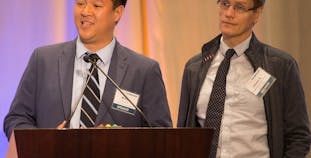July 15, 2019
Recent Advance Articles



Is it Psoriasis or Eczema?

My Pregnancy with Psoriatic Disease


The 2019 Cure Symposium offered plenty of reasons to be optimistic about the future of psoriatic disease research.



We use cookies to offer you a better experience and analyze our site traffic. By continuing to use this website, you consent to the use of cookies in accordance with our Privacy Policy.